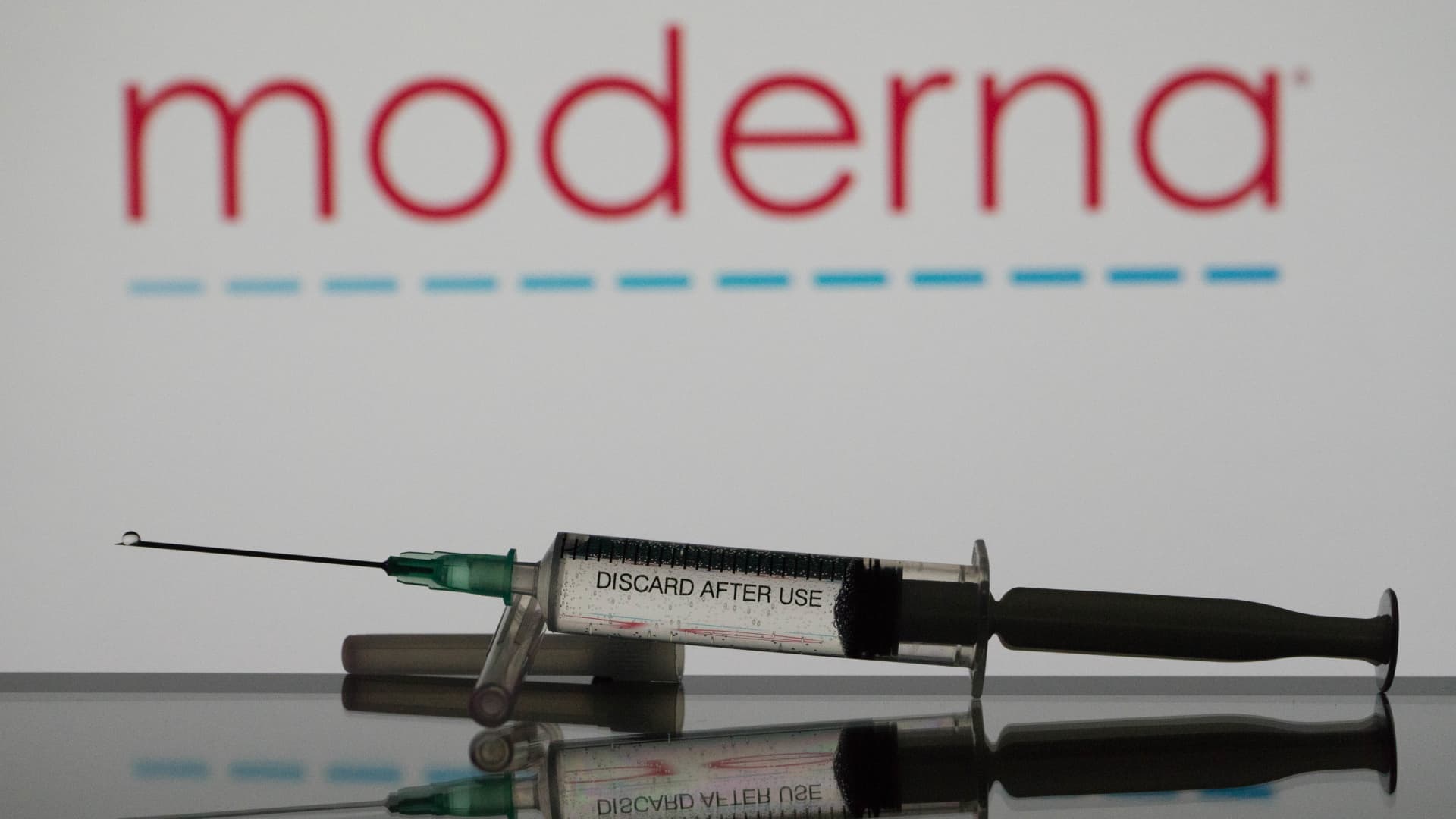The Home Depot logo is seen in Florida Keys, United States on May 7, 2024.
Jakub Porzycki | Nurphoto | Getty Images
Home Depot on Tuesday topped quarterly expectations, but cautioned that sales will be weaker than expected in the back half of the year as high interest rates and consumer uncertainty dampen demand.
The home improvement retailer said it now expects full-year comparable sales to decline by 3% to 4% compared to the prior fiscal year. It had previously expected comparable sales, a metric that takes out the impact of store openings and closures and other one-time factors, to decline about 1%.
Home Depot’s total annual sales will get a boost from its recently completed acquisition of SRS Distribution, a company that sells supplies to professionals in the landscaping, roofing or pool businesses. Total sales are expected to increase between 2.5% and 3.5% including a 53rd week in the fiscal year and approximately $6.4 billion in sales from SRS. Yet excluding sales from SRS, its new full-year forecast would have amounted to a revenue cut.
In an interview with CNBC, Chief Financial Officer Richard McPhail said Home Depot has contended with consumers who have a “deferral mindset” since the middle of 2023. Interest rates have caused them to put off buying and selling homes and borrowing money for bigger projects, such as a kitchen renovation.
Yet over the past quarter, he said surveys of customers and home professionals like contractors have captured another challenge: a more cautious consumer.
“Pros tell us that, for the first time, their customers aren’t just deferring because of higher financing costs,” he said. “They’re deferring because of a sense of greater uncertainty in the economy.”
Here’s what the company reported compared with what Wall Street expected for the three month period that ended July 28, based on a survey of analysts by LSEG:
- Earnings per share: $4.60 vs. $4.49 per share expected
- Revenue: $43.18 billion vs. $43.06 billion expected
Home Depot kicks off a wave of retail earnings, as economists, investors and politicians pay close attention to the health of the American consumer and try to forecast the economic outlook, including the odds of a recession. Though inflation has cooled, higher prices – particularly for everyday costs like groceries, energy and housing – continue to frustrate customers. They’ve also become a major talking point on the 2024 campaign trail.
Consumer clues will keep coming this week and next, as Walmart reports earnings and the government shares retail sales numbers on Thursday. Other retailers, including Target, Macy’s and Best Buy, will also post results in the coming weeks.
Compared with many other retailers, Home Depot has a more financially stable customer base. About half of its sales come from home professionals and about half come from do-it-yourself customers. About 90% of those DIY customers own their own homes.
Yet Home Depot still felt the impact of consumer uncertainty, McPhail said. He said the company saw slower demand for a wide range of project-driven items, including lighting and flooring.
Home Depot’s net income for the fiscal second quarter decreased to $4.56 billion, or $4.60 per share, from $4.66 billion, or $4.65 per share, in the year-ago period.
Revenue rose slightly from $42.92 billion in the year-ago period.
Comparable sales dropped 3.3% in the quarter across the business and declined 3.6% in the U.S. That was worse than the 2.1% decrease that analysts expected, according to StreetAccount.
It marked the seventh consecutive quarter of negative comparable sales at Home Depot.
Yet the company has underscored a bright long term outlook for home improvement, referring to the country’s aging homes, its shortage of houses and significant property value gains, especially during the years of the Covid pandemic.
And McPhail said most of Home Depot’s customers remain financially healthy and employed, even if they’re spending less on home improvement right now.
Shares of Home Depot closed at $345.81 on Monday. As of Monday’s close, the company’s shares are down less than 1% so far this year, trailing behind the S&P 500’s 12% gains.
– CNBC’s Robert Hum contributed to this story.















